We are going back in time a long way. On 4 September 1904, Padruot Fried and Jon Sarott Bischoff, two hunters from Grisons, were trying to ambush chamois on the side of Piz Pisoc when a bear suddenly appeared nearby. Bischoff, the more experienced hunter of the pair, took aim. But his shotgun failed and no sound was heard other than a metallic clicking noise. Now it was down to Fried. He pulled the trigger and the animal weighing just under 120 kilograms slumped to the ground. Fried became a hero, the much-lauded bear slayer, as he had killed the very last bear in Switzerland. The animal was dismembered, pickled and served to guests at the Tarasp casino.
State-supported eradication
The images from the time are part of the Swiss collective visual memory – including as a memorial. Because it was not just the bear that was wiped out – the last lynx was sighted on the Simplon Pass in the same year. The eradication of the otter, the agile fish predator which occupied all Swiss rivers at the time, was also approved through state bounties. The indigenous wolf had long been extinct. Even the chamois hunter Fried only knew of them from hearsay.
A clicking sound was nevertheless heard again in 2015. Only this time it was not the firing of a shotgun but the flash of a camera trap. Wildlife biologist Christof Angst was simply seeking to obtain photographic evidence of how happily the once extinct beavers were splashing around in the river Aare. Instead a whole family of otters passed by his lens. Experts were thrilled as the discovery marked a turning point: Well over a century after the accurate shot was fired on the Piz Pisoc, all members of the key quartet of indigenous predators – the bear, lynx, wolf and otter – are present again in Switzerland.
Wolves form first pack
The first to return was the lynx. It did not come voluntarily but was instead brought back. Lynx were relocated in 1971 and have since established themselves in the forests of Jura and the central and western Alps. In 1995, the wolf returned to Switzerland from Italy. Its offspring are today forming the first packs in Grisons, in the Calanda region, and in Ticino. Since 2005 individual bears have continually roamed into Switzerland from Trentino through the mountains of Grisons. The otter, whose fur was used as headgear until well into the 20th century, is the last of the quartet to return. “What’s really surprising,” explains Christof Angst, “is that the quality of our waters is now so good that the otter can breed here again.”
The otter has come home, proving how much the condition of the waters has improved. Wolves are back, underlining just how much the forests destroyed by charcoal burning in the 19th century have recovered. The return of the wolf nevertheless divides society. Wildlife biologists and urban nature-lovers are delighted, but sheep and mountain farmers are furious. Those who are pleased obviously include the World Wide Fund for Nature (WWF) which has been observing the wolf’s return for years: “Wolves are an asset for Switzerland,” remarks Martina Lippuner of the WWF. Their increasing numbers are changing the balance in the Swiss animal kingdom for the better, she says. The settlement of wolves means an improvement in mountain forests in particular. These forests, which also protect valley communities against avalanches, have been adversely affected by extremely high numbers of deer in many places. Deer eat the shoots of young trees on a large scale, damaging the vitality of the forests. “The deer are becoming more timid due to the presence of wolves and are behaving in a way more appropriate to their species. “That is having a positive impact on young forests,” indicates Lippuner. The lynx had a similar effect to wolves 20 years earlier in the Bernese Oberland.
Using the shotgun against the “wolf problem”
The lynx, the silent hunter on soft paws, is also flourishing. Lynx numbers have already climbed to around 200 adult animals, which means the authorities responsible occasionally intervene with corrective measures. Animals are caught and released elsewhere – such as in Germany or Slovenia – without making any headlines. It is a very different story with wolves. The question of how many of these predators confined Switzerland can sustain has been at the heart of fierce debate for years. The outcry is particularly loud in Valais where herds of sheep until now spent the summer on the Alps without shepherds or protection. This is not altered by the fact that federal government invests three million Swiss francs a year in the protection of herds despite a situation where damage caused by wolves – around 300 sheep attacked a year – only amounts to around 150,000 Swiss francs on average.
Relaxing protection of the species?
Those opposed to wolves are now trying to force Switzerland to leave the Bernese Convention, the species protection agreement supported by 42 European countries. This would mean the wolf losing its protected species status, allowing it to be hunted. The association known as Lebensraum Schweiz ohne Grossraubtiere (Swiss habitat without large predatory animals) is vehemently campaigning for this. The wolf “simply no longer has a place here” says Georges Schnydrig, the association’s president. He is also opposed to livestock guardian dogs whose task it would be to protect herds from wolves. Such protected herds would not be in keeping with the “traditional self-perception” and would present new problems in tourist regions. Having “snarling guard dogs” blocking the path of tourists is not a feasible option, in his view. Alleviating people’s fear of wolves is also an impossible task. “Our children are growing up with computers and cannot suddenly be expected to deal with wild animals again,” says Schnydrig. The return of the wolf is therefore “out of the question”. While in mountain regions the wolf signifies the loss of civilisation, urban nature-lovers like to see in them a warning against excessive civilisation.
The homecoming affects everyone
The federal hunting inspector Reinhard Schnidrig (see interview) advises against drawing city-countryside boundaries: “The return of the wolf will have implications for us all.” Sheep farmers now face a significant challenge, he says. However, the wolf will not remain in the mountain regions. “It will also roam into central Switzerland,” points out Schnidrig. Urban Switzerland, in particular, where the alpine region is heavily used as a “recreational arena”, will be faced with changes: “People from the city with little direct experience of nature will suddenly find themselves confronted with real animals when hiking or mountain-biking, most likely a livestock guardian dog that will bare its teeth and defend its sheep.” The hunting inspector said his most difficult task two years ago was ensuring objective debate about wolves in his home canton of Valais. Today he faces an additional problem: “The difficulties presented by city dwellers who are not prepared for dealing with the consequences of the return of wolves.”
Around 30 wolves are today roaming the Swiss Alps. Asked what that figure could rise to, Schnidrig replies: “Leaving aside people and their needs, Switzerland has space for around 300 wolves or some 50 to 60 packs. “That’s ecologically feasible.” However, if the question is how many wolves are required to ensure the survival of the wolf population in the Alps over the long term, the answer is: “Around 125 packs between Nice and Vienna of which 15 to 20 would be found in Switzerland.” What is socio-politically feasible – in other words, the answer to the question of how many wolves people consider acceptable – lies “somewhere inbetween”.
Countless endangered species
A further question: Is the reappearance of the lynx, wolf, bear and otter evidence of Switzerland’s fauna being intact? Martina Lippuner from the WWF does not believe so. The red list of flora and fauna at risk in Switzerland is “constantly growing”. The population size of many animals is “in clear decline”. Natural diversity should not just be measured by the number of animals but instead by the diversity of habitats in particular. No all-clear is given here either.
In fact, quite the opposite, according to Reinhard Schnidrig: “Humans have taken many types of habitat away and radically transformed them, such as through urban development or intervention in bodies of water. “There are lots of losers in the animal kingdom,” he says. It is particularly striking how the straightening of rivers and intensive use of hydropower has changed Switzerland’s waters: “They have been drained over the course of the past 100 years.” The once extensive marshlands, flood plains and wet mountain meadows have all but disappeared.
This is having dramatic consequences. 40 % of all Swiss nesting birds are endangered. As many as 80 % of all amphibians are deemed at risk in “drained” Switzerland. It is nevertheless the wolf that is stirring emotions.
Marc Lettau is an editor with the “Swiss Review”
To the interview with Wildlife biologist Reinhard Schnidrig
Little Red Riding Hood and the wolf
“My, what a big mouth you have, grandmother.” “All the better to eat you with!” The wolf had scarcely finished speaking when he jumped from the bed with a single leap and ate up poor Little Red Riding Hood. As soon as the wolf had satisfied his appetite, he climbed back into bed, fell asleep and began to snore very loudly.

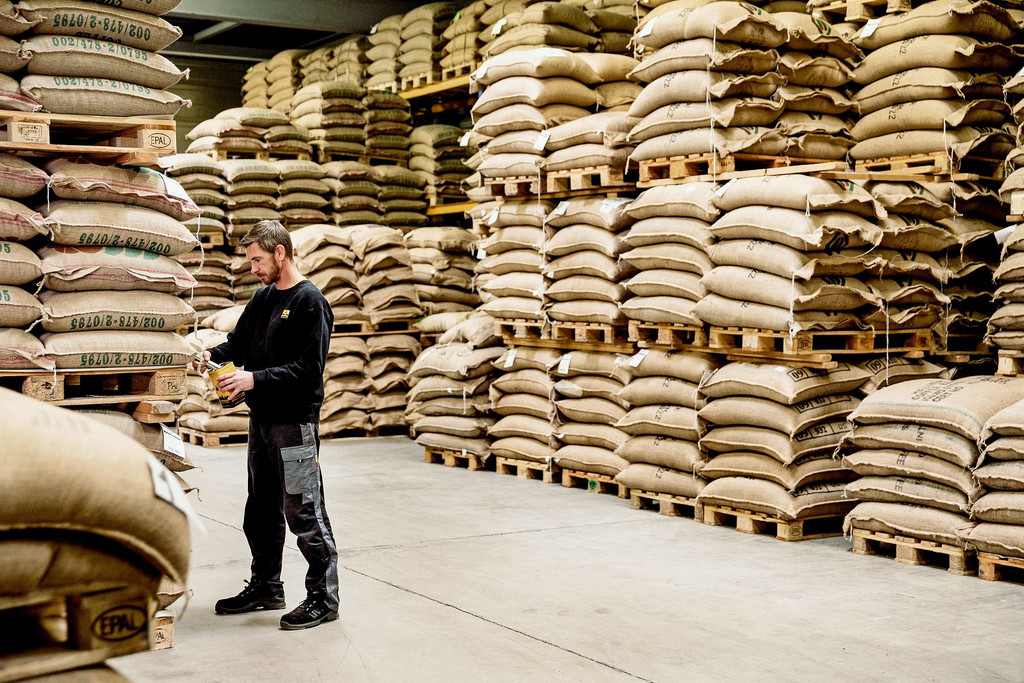



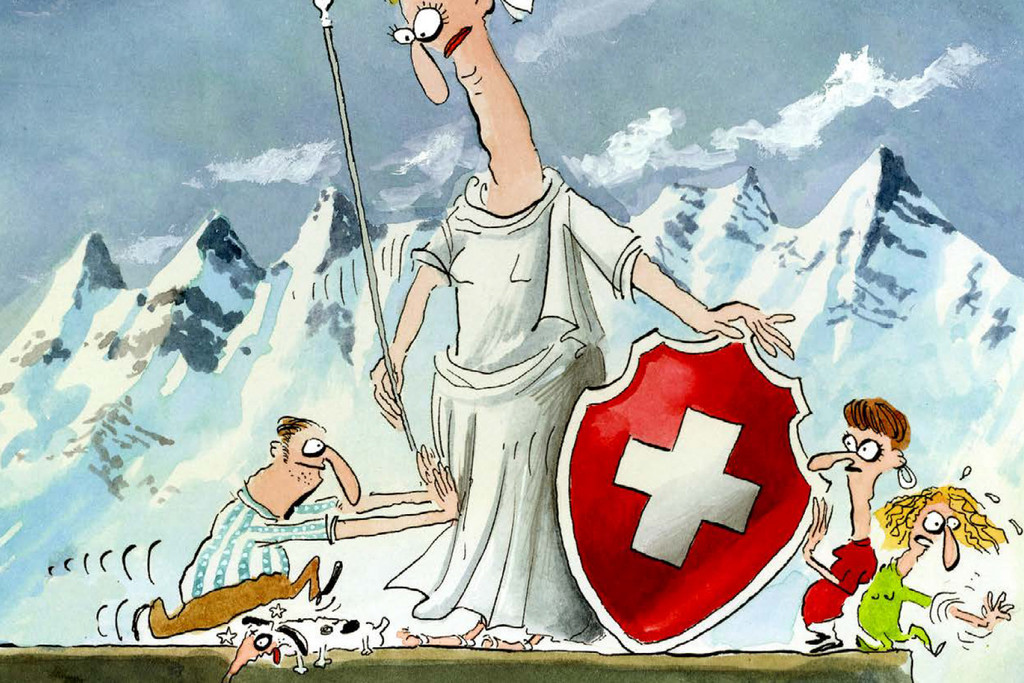
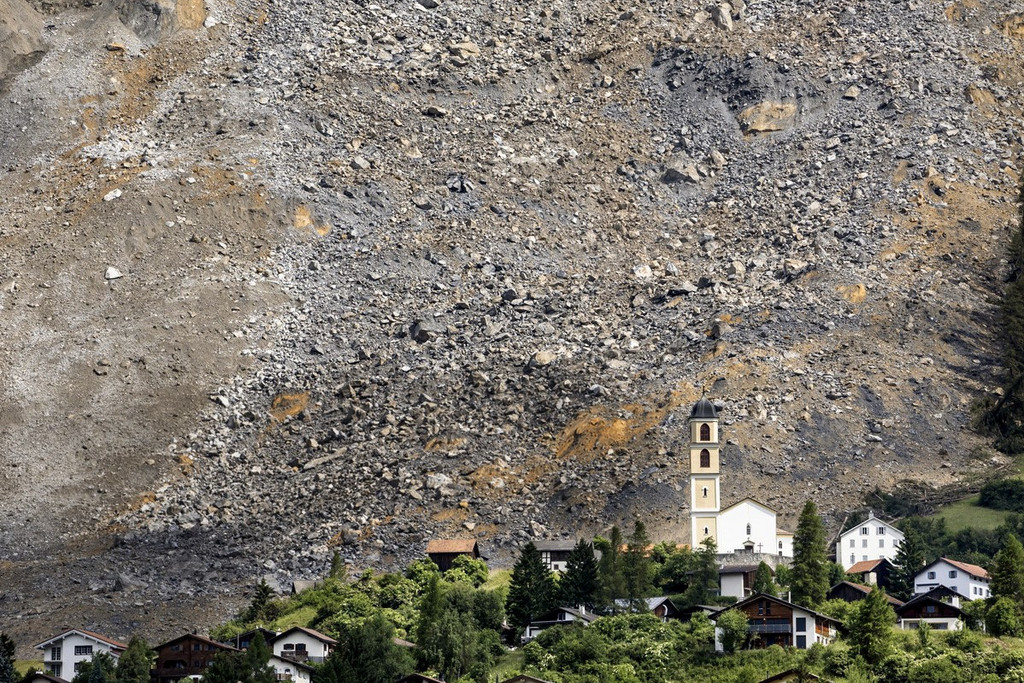




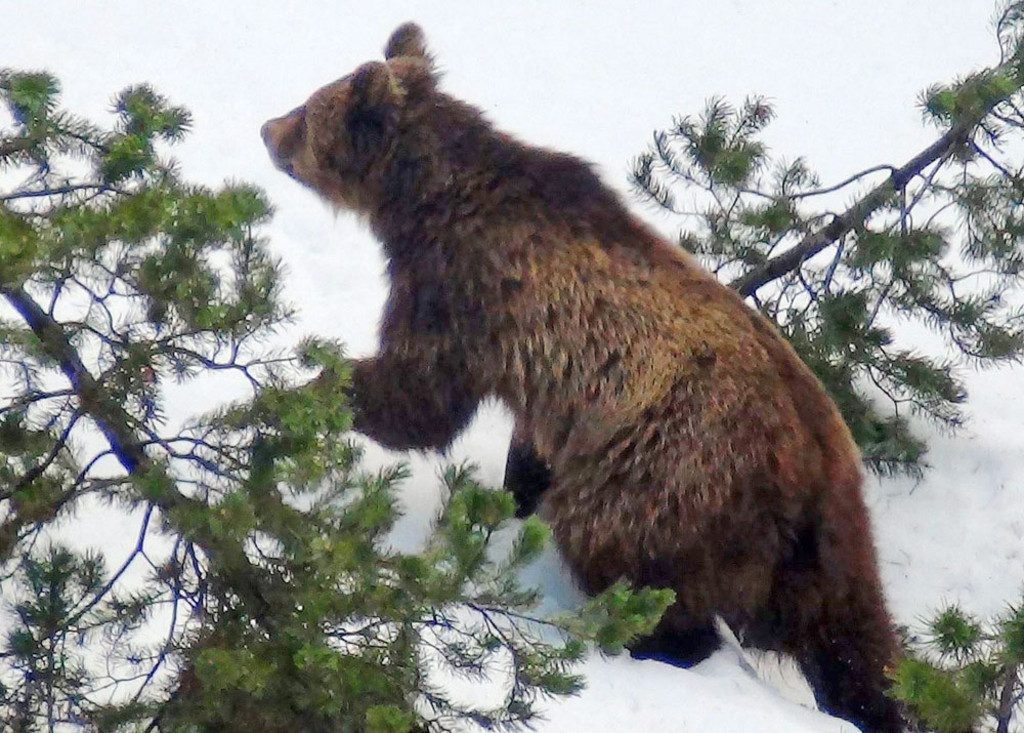
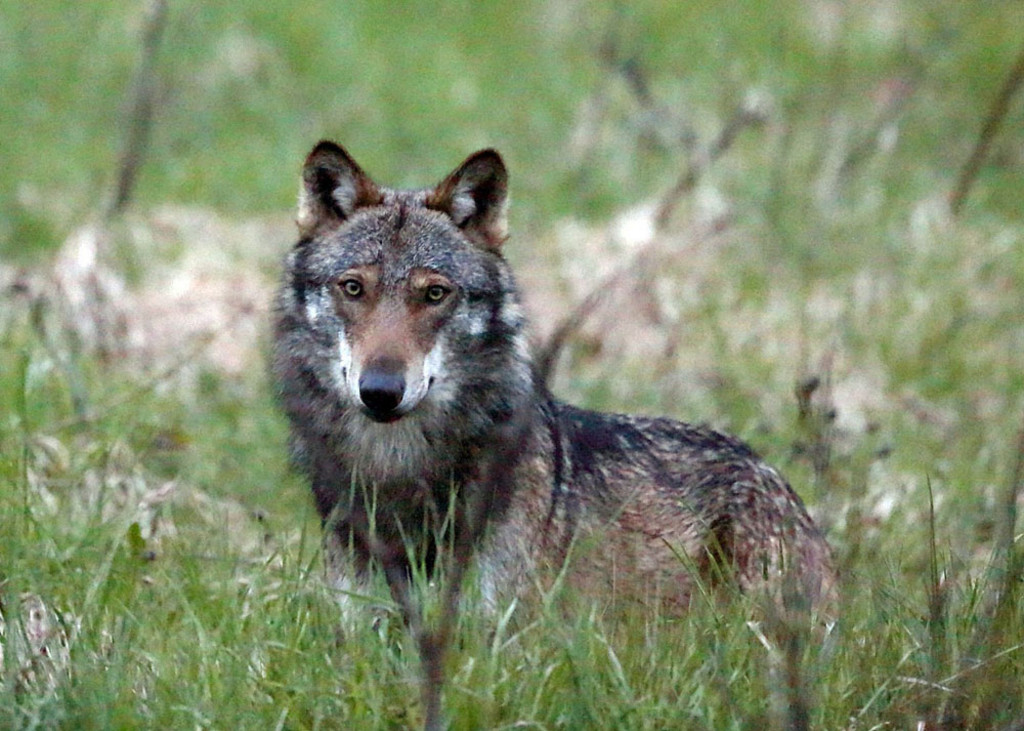
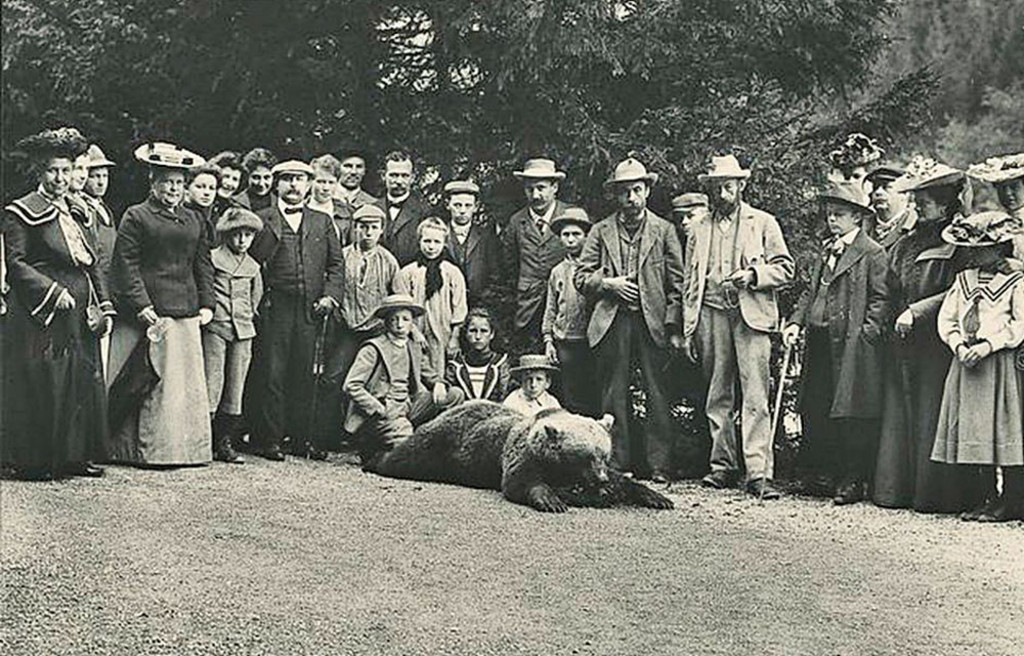
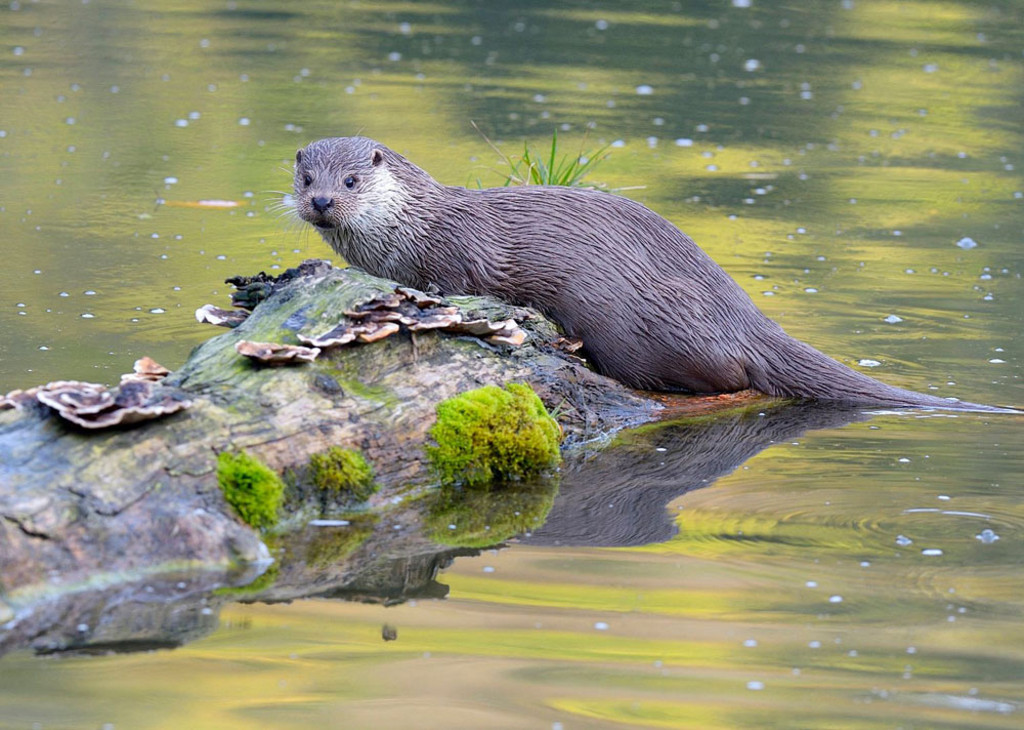
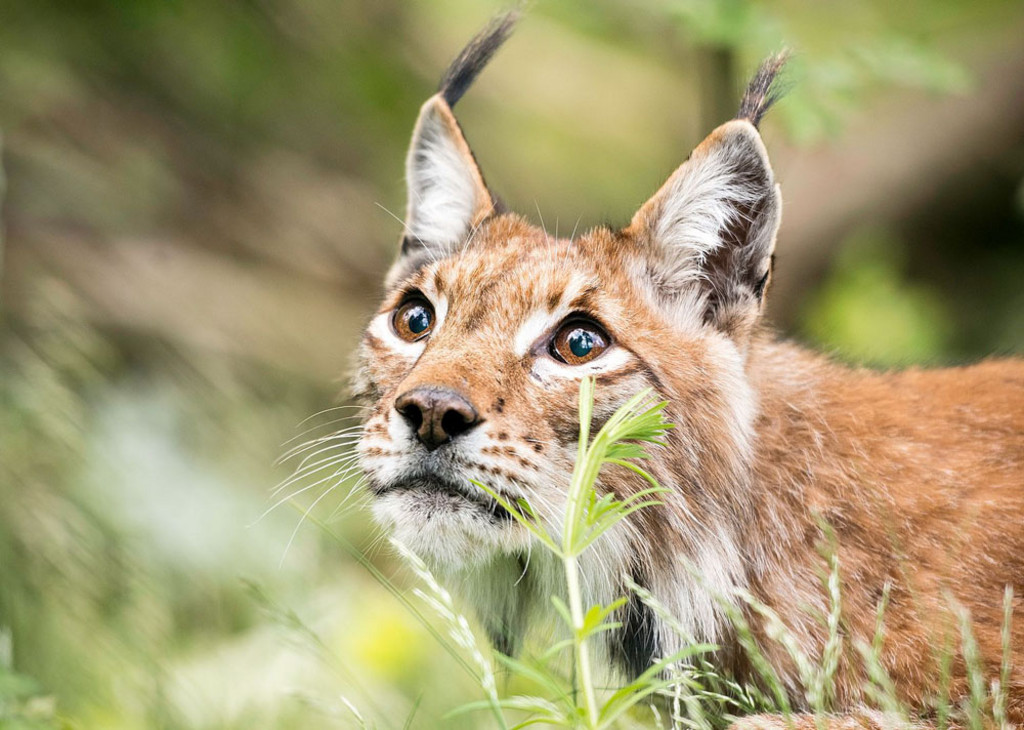
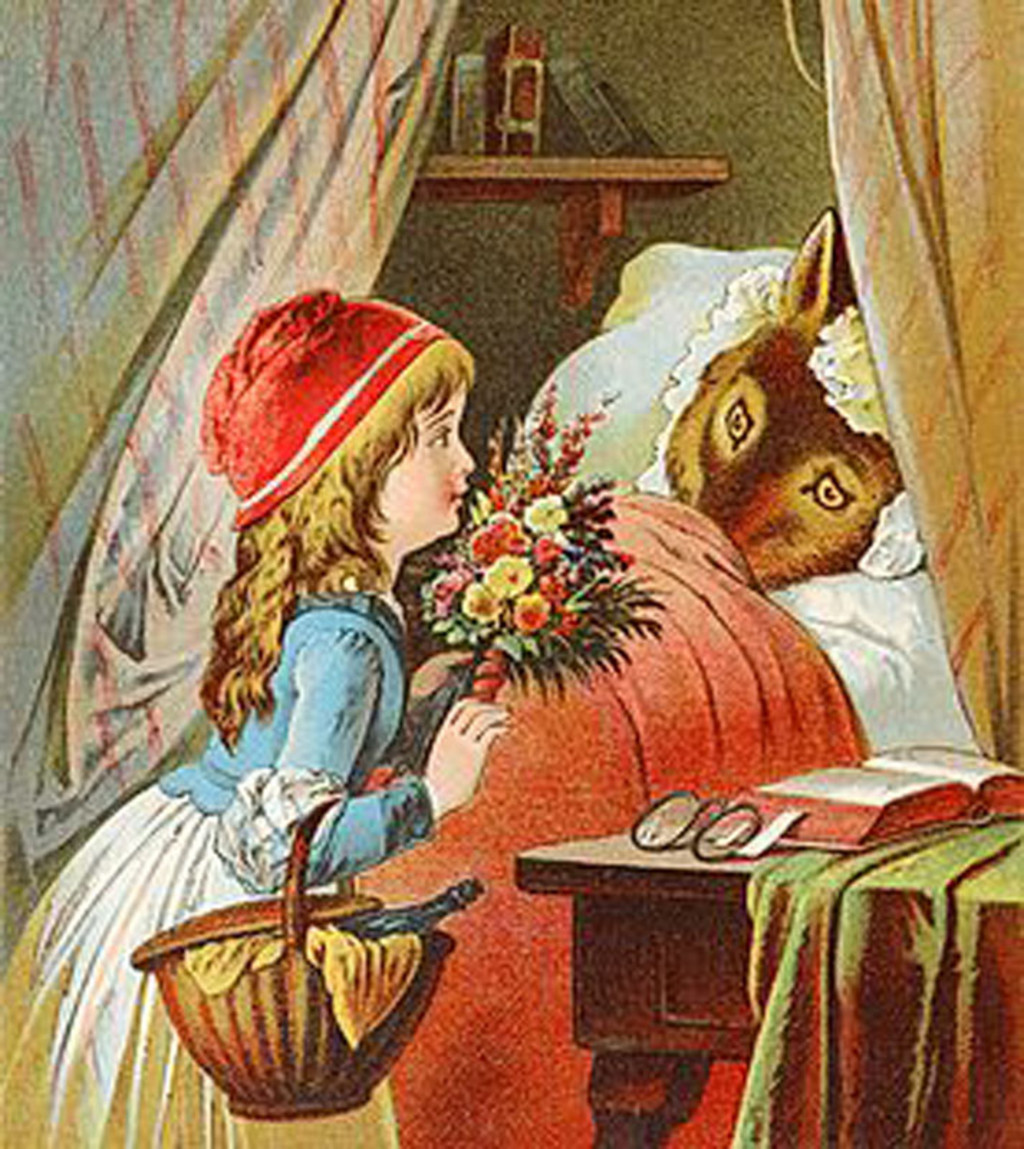
Comments
Comments :
schweizer nationalpark 172,3 quadratkilometer
yellowstone national park 8983 quadratkilometer
ch nationalpark als teil einer landschaft mit einer durchnittlichen bevölkerungsdichte von ca 200 pers.pro quadratkilometer
bevölkerungsdichte des staates wyoming 2.3 pers pro quadratkilometer.
bejagung aussehalb der parkgrenzen
wyoming, gestattet
ch und der rest des eu raumes strickte verboten
ziel der aussiedelung von wölfen.
wyoming.
schutz des weidelandes .
durch die unkontrolliereten herden von hirschen welche den parkraum verliessen weil dank des schutzstatus innerhalb des parkes eine übergrosse hirschbevölkerung heranwuchs , welche ihren futterbedarf nur noch ausserhalb der parkgrenzen decken konnte
also aussiedelund des wolfes ist hier eine gezielter versuch die hirschpopulation im park aif eine natürliche weise zu reduzieren und unter kontrolle zu halten. eindeutig zweckgesteuert
ch. absolut zweckungesteuertes (ausgenommen das einsammeln von spendegeldern) selbstprofilierungs experiment einiger naturliebhaber welche leider von den zusammenhängen in der natur keine ahnung haben.
172 km2 unberührtes land sind nicht genug fläche um natürliche vorgänge zu erhalten .es wäre eher mit einem wildgatter zu vergleichen wo einfach alles verboten ist.
also an alle diejenigen welche sich hier auf das immer noch teilweise umstrittene "experiment yellowstone" berufen und mit schweizerischen verhältnissen vergleichen wollen. vielleicht wird euch eines tages klar, dass wer türnschuhe mit düsenflugzeugen vergleicht, sich selber qualifiziert
I totally agree with Regula. I live on two acres in the middle of a forest, and I have by now almost no underbrush, because people nearby keep feeding the deer.
In winter, when they don't get fed, the animals eat all my new growth. In the Spring they devour all flowers and anything else green - except grass. We need wolves!
You need more human hunters, not wolves. Humans are far better as top predators because we can reduce the number of killed pray when the number goes down. Wolve however, can never stop eating and they will never go over to a vegeterian diet. Wolves will kill the last deer in your neighbourhood. But perhaps that is what you want?
You need more human hunters, not wolves. Humans are far better as top predators because we can reduce the number of killed pray when the number goes down. Wolve however, can never stop eating and they will never go over to a vegeterian diet. Wolves will kill the last deer in your neighbourhood. But perhaps that is what you want?
Il aura fallu quelques années pour y parvenir mais l'enjeu est de taille. La Suisse peut en faire autant. Et surtout ne jamais suivre la France dans sa folie destructrice de tout le vivant.
On wolves in general, the experiment in Yellowstone national park in USA has had its critics, but in the whole has been very successful, in that the wolves keep the local elk population down (but also in a Darwinian way in which they naturally select the weakest easiest prey, and as a result the elk eat less river reeds, meaning that otters and beavers have since flourished.
Having said that, the alps are so much more populated than the USA that more instances of problems between humans and wolves are likely to be far higher - this is why National Parks will be the way forward. They work very well in Wales, where I live.
der mensch gehört in diese welt genauso wie alle andern lebensformen.
jede lebensform entnimmt der umwelt was zum erhalt dieser form nötig ist. dies bewirkt veränderungen des lebensraumes,siehe nur mal was eine biberkolonie für umweltveränderungen vornimmt oder der borkenkäfer etc.etc.
der mensch hat im zentralen europa eine umwelt geschaffen in welcher grossraubtiere nicht mehr artgerecht überleben können und deshalb weichen sie auf futterbeschaffung aus domestizierten beständen aus.
es ist ein naturgesetz dass ein beutegreifer sich auf die leichtest erhältliche beute spezialisiert ,denn schliesslich muss die energiebilanz zwischen verbrauch und gewinn in den positiven bleiben ansonsten geht das tier an überanstrengung und unterernährung ein.
nach diesem prinzip werden domestizieret tiere innert kürzester frist die hauptbeute werden,wenn jegliche vergrämung und wenn nötig entnahme durch einen unsinnigen artenschutz verboten ist.
die aussage dass der wolf augerottet war ist eine reisserische propagandalüge.
der wolf wurde aus grossen teilen europas verdrängt weil er dem menschen grossen schaden beibrachte. nicht nur durch reissen von nutztieren sondern auch durch verbreitung von krankheiten wie räude tollwut staupe um nur die geläufigsten zu nennen.
ohne die unsinnigen vorschriften durch den artenschutz welche den wolf praktisch in den taboo stand erheben wird sich der wolf da behaupten wo er artgerecht leben kann und nicht mit menschlicher aktivität kollidiert. eine weitere gefahr , welche bis heute noch viel zu wenig beleuchtet wurde ,sind tierunfälle (weder domestiziert oder wild )
welche auf tiere zurückgehen, welche vor jagenden wölfen flohen.
also welchen nutzen bringen uns diese grossen beutegreifer und welchen schaden verursachen sie .
bilanz , lasst den artenschutz weg und lasst die beutegreifer selbst ihren lebensraum wählen genau wie alle andern arten inkl. den menschen
Dieser Artikel ist meines Erachtens viel zu Einseitig , um nicht härtere Worte zu benutzen .
Es gibt bestimmt kein dümmeres Tier als der Mensch , oder kennen Sie ein Tier , das seinen Lebensraum so systematisch zerstört , wie der "intelligente" Mensch ? Kein Tier nützt seinen Lebensraum so "intensiv", sprich profitoptimiert ; dass ausser was ihm passt , auf der Welt leben darf ! Kein Raubtier wird sein Revier leerjagen , bzw. leerfischen !
Übrigens : Wolf , Luchs und Co. meiden die "Spezies" Mensch . Einzelne Unfälle sind natürlich nicht 100%ig auszuschließen !
Der Wolf, Baer, Luchs etc waren zuerst da, vor den Schafen.